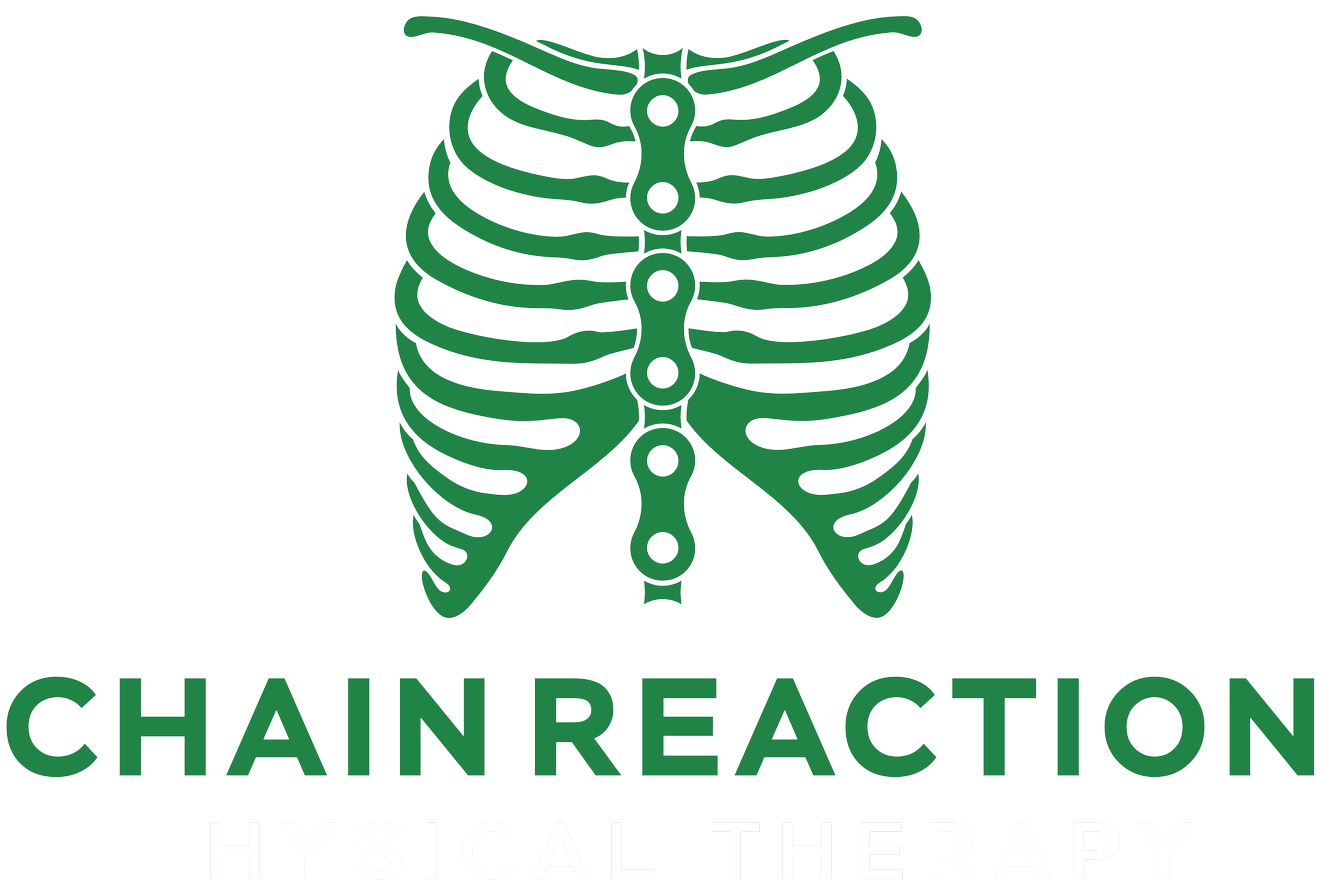How to Build Sustainable Growth (and Income) as a Clinician — Without Adding Burnout
Private practice ownership is rewarding — but it can also feel like you’ve simply traded one kind of burnout for another. You left the high-volume clinic to deliver high-quality, one-on-one care… only to find yourself overwhelmed by scheduling, marketing, and financial pressure.
But growth doesn’t have to mean seeing more patients or hiring a bigger team. The most sustainable path often comes from creating additional revenue streams that reflect your expertise, values, and the population you love to serve.
For me, that realization started with my niche — treating cyclists and performing bike fits. I discovered that what I was already doing clinically held incredible potential beyond the walls of my practice. By developing virtual bike fit services and strength programs for cyclists, I could reach athletes across the country, provide high-value care that didn’t depend on clinic hours, and reclaim time for myself — without sacrificing income or impact.
When you leverage your unique skill set — the intersection of what you love, what you’re known for, and what your patients need — you open new opportunities for both freedom and fulfillment.
Actionable Ways to Create Revenue Beyond the Clinic
1. Start with your niche.
What population do you understand deeply?
If you’re known for working with cyclists, identify their biggest gaps — things like bike fit education, off-season strength training, or injury prevention for endurance athletes. These unmet needs can become new offerings that naturally flow from your expertise.
👉 Example: My Strength Revolution, a 12-week self paced strength training program, grew directly out of my years of treating cyclists and seeing a huge gap in weightlifting resources specifically for them.
2. Turn your process into a product.
You already have systems and tools that work.
Document your most effective approaches — your bike fit checklist, return-to-ride progression, or strength-building templates — and turn them into digital guides, online courses, or clinician training materials.
👉 Need a place to start? Grab my free Bike Fit Checklist — a simple framework you can adapt for your own patients.
3. Leverage virtual services.
Not every service needs to happen in person.
Remote consultations, virtual bike fits, and movement assessments create new income streams while making your expertise accessible to clients who aren’t local.
👉 See how I run my the Virtual Bike Fit Rx — a model that expanded my reach globally while preserving clinic time for hands-on care.
4. Educate to expand your reach.
The fastest way to build authority — and attract the right audience — is to share your expertise.
Write blog posts, record videos, or host short webinars on topics like simple bike fit steps, bike pain points, or why strength training matters for endurance athletes.
SEO-driven education positions you as an expert and continuously draws in ideal clients and clinicians looking to learn from you.
5. Choose sustainability over scale.
Bigger isn’t always better.
Growth doesn’t have to mean managing a large team or adding more appointments to your week.
Focus on systems that earn income while preserving your energy — your most valuable resource as a clinician and business owner.
These smaller, intentional tributaries of income can create steady flow without pushing you back into burnout.
The Bottom Line
If you’re a physical therapist or clinician serving cyclists, you’re sitting on a niche full of untapped potential.
Your expertise — in bike fitting, strength training, or injury prevention — can easily be translated into scalable, sustainable offers that grow your business and impact far beyond your treatment table.
The next step isn’t necessarily working harder. It’s working smarter — and building a business that keeps allows you to continue to provide more care, knowledge, and expertise to a larger audience without spreading yourself thinner.
👉 Ready to get started?
Check out my Virtual Bike Fit Rx to dive into my online offer.
Download the Bike Fit Checklist to see what I look in every Bike Fit process your evaluation process.
Explore the Strength Revolution Program for inspiration on building evergreen offerings that align with your niche.

